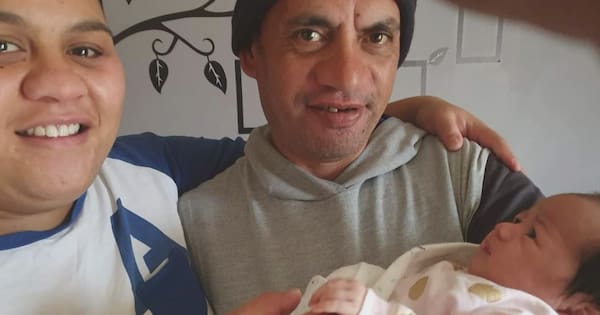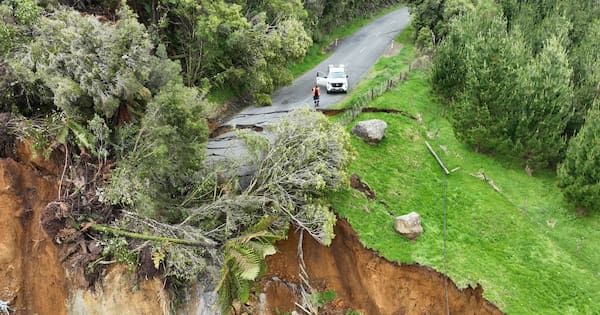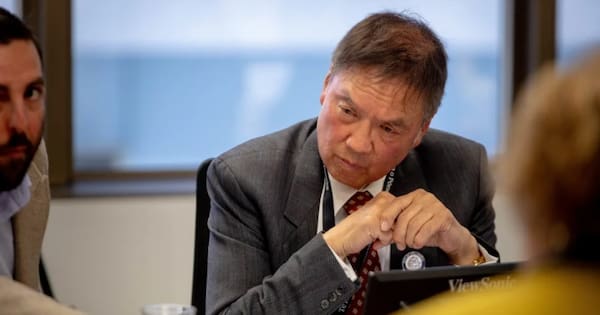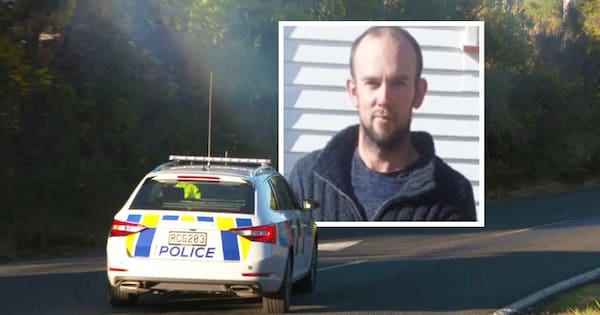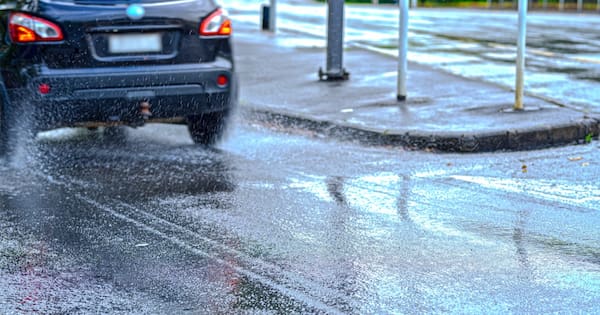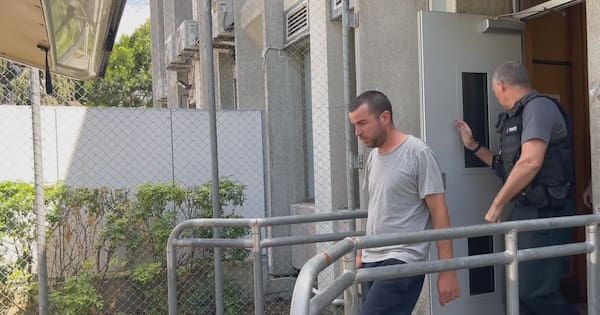Work is now well underway to plan a home for Aotearoa’s “most significant archaeological find” in the Tasman town of Tākaka.
It’s been 13 years since the 700-year-old Anaweka waka was found on Golden Bay’s west coast by a family on a picnic.
The artefact is a six-metre fragment of what would have been a much longer, double-hulled, ocean-going waka.
For most of the time since its discovery, the waka has been submerged in a polyethylene glycol solution in a shed, away from public view, to preserve it.
But now, the waka is expected to be finished drying by the end of the year, and planning is underway for a facility which would keep the Anaweka waka in Golden Bay.
The three local iwi that make up Manawhenua ki Mohua – Te Ātiawa, Ngāti Rārua, and Ngāti Tama – and Ngāti Kuia discussed options before eventually landing on their preferred approach.
That plan would be a purpose-built home for the taonga – a wharewaka – constructed adjacent to the Golden Bay Museum on the corner of Commercial and Reilly Streets.
The land, currently home to Pioneer Park, was already designated for use as a museum.
Tasman District Council agreed to the location in principle last month, subject to public consultation.
Butch Little, chairperson of the Ngāti Tama ki Te Waipounamu Trust, said the decision showed that local stakeholders – the council, iwi, and ahikā (local whānau) – were prepared to work together on the project.
“Obviously, there has to be a consultation process with the community, but then we can start looking at funding, because it will be significant.”

The wharewaka would properly recognise the mana of, what he said had been described as, the country’s “most significant archaeological find ever”.
He also envisioned the facility as a museum about the history of local Māori and their mātauranga (knowledge) of celestial navigation and waka-building.
“More than just a waka sitting there, there’s going to be an opportunity to tell stories, to see other artifacts, to hear the history of voyaging… that’s the vision, I suppose – telling our own stories and hopefully inspiring generations,” Little said.
“We’re looking for something that the community can be really proud of and also in awe of.”

Once completed, Little thought the wharewaka would be an international drawcard for visitors to the region and could capitalise on the already-existing waka tourism in the Abel Tasman.
“It blows people’s minds,” he said.
“There will be people coming to the Bay just to see that, that will be their sole purpose. It’s going to attract visitors that might not have otherwise come.”
The prospect of neighbouring the wharewaka was a “real honour” for the Golden Bay Museum.
“It’ll really be a huge boost to history, to let people know what a big historical significance Golden Bay has with the waka, and previously with the first encounter between Māori and Europeans,” said museum board chair Frank Susko.

Services manager Karen Johnson added that the museum looked after other Māori artefacts, with only a “teeny” portion on display, and so the wharewaka would provide additional opportunities to show more of the taonga.
“There’s just so much that you could incorporate.”
Although the site had been agreed to in principle, there was still “plenty” of work to do before shovels entered the ground, including further analysis, designs, fundraising, and community consultation.
“We want to do it properly, we want to make it relevant in terms of what else was shown in there,” Little said.

“The whole community will be able to celebrate that. ‘Wow, this was found here’. It’ll be the talk of the town for a long time once it’s up and running.”
Polynesian ocean-voyaging canoes were incredibly rare, with the Anaweka waka being only the second one known to have survived into the modern day.
Parts of the first canoe were discovered in 1978 on the island of Huahine in French Polynesia, while hundreds of fragments of a potential third were recently uncovered on the Chatham Islands.
Local Democracy Reporting is local body journalism co-funded by RNZ and NZ On Air

